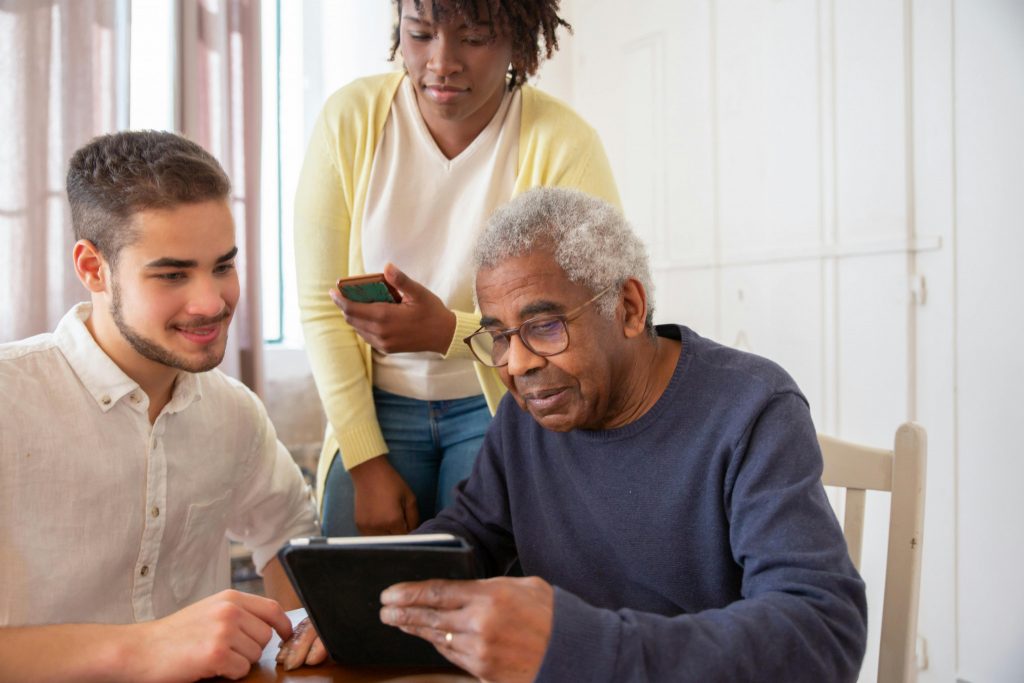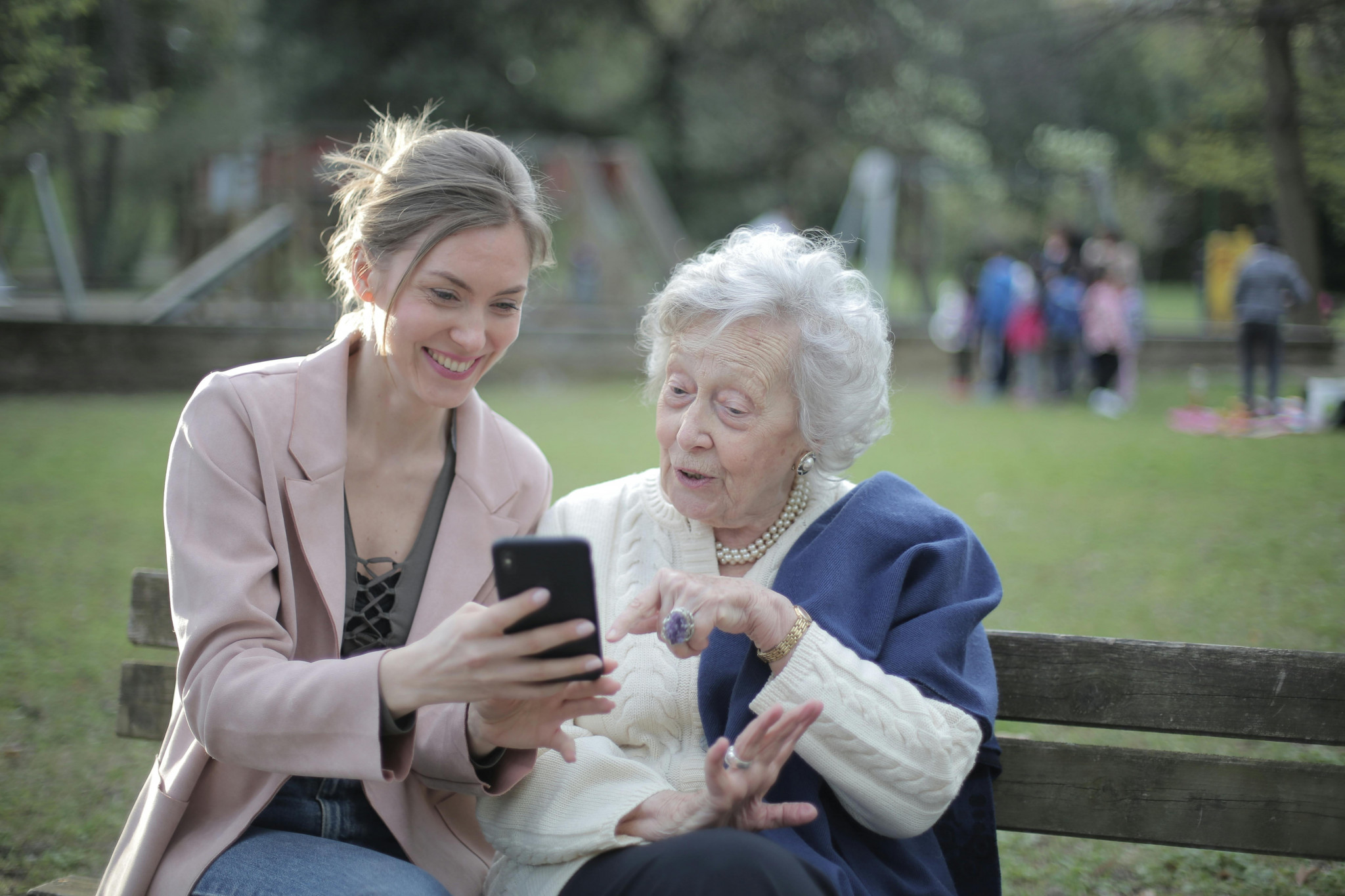Have you ever found yourself wondering what it really means to “age well” in today’s world? In a time when our societies are rapidly changing, how can we ensure that older generations, especially the elderly, live with dignity and purpose? These questions have been on my mind a lot lately, particularly as we face the reality of an aging population. With this reality comes a unique set of challenges, but also incredible opportunities. Concepts like sustainable aging and intergenerational solidarity offer exciting paths forward, showing us how we can not only support older generations but also build stronger, more connected communities in the process.
So, why am I talking about sustainable aging and intergenerational solidarity? Well, it’s something that’s been on my mind for a while, especially after my experience volunteering at a care home a few years ago. That experience really opened my eyes to the realities older people face—both the struggles and the opportunities. I saw how much of a difference a supportive environment and meaningful connections can make in their lives. What really got me thinking, though, is how we often overlook the value of these connections between generations. Growing up, I didn’t think much about how isolated older people can feel or how much we can learn from them. But after spending time with them, it made me realize how much we stand to gain by bridging that gap. It’s not just about taking care of our elders—it’s about creating communities where all ages are included and respected. That’s what inspired me to dive deeper into this topic and explore how we can make aging more sustainable while also bringing generations closer together.
Sustainable aging is all about creating spaces and systems where older adults can live with dignity, stay healthy, and still feel like they have a purpose. It’s not just about making sure there are enough care homes or that pensions are sorted. It’s about rethinking our communities, so they work for everyone, no matter their age or mobility. But it’s not just about focusing on older adults. Intergenerational solidarity—basically, building connections between different age groups—is just as important. In a world that sometimes feels divided by age, bringing younger and older people together can be so powerful. From what I’ve seen, there’s so much both generations can offer each other. Creating these opportunities for connection not only strengthens communities but also helps break down those age-related barriers we often see.

In the UK, we’re starting to see more focus on making things work better for older generations. Some cities are really stepping up, trying to be more age friendly. Take programs like Homeshare, for example—students live with older adults in exchange for some company or help with everyday stuff. It’s a perfect example of how different generations can support each other in a way that benefits both sides.
But there’s still a lot of work to be done. It’s not just about making cities more accessible—we need to ensure healthcare, social services, and community programs are actually designed to meet the needs of an aging population. This is where sustainable aging comes in, encouraging us to think long-term about how we care for our elders in ways that are respectful and supportive. But sustainable aging isn’t just about improving infrastructure and services for older adults; it also involves something just as important—fostering intergenerational solidarity.
Nowadays, it can feel like younger and older generations are living in separate worlds, with each group facing their own challenges. But finding ways to bring them together can make a huge difference for both sides. Older generations have a lifetime of experience and wisdom to share, while younger people bring fresh perspectives and energy. When these two groups connect, they can learn so much from each other. It helps break down stereotypes, builds understanding, and creates stronger support systems that benefit everyone. It’s not just about individual relationships either—it’s about building communities where people of all ages feel included and valued. By focusing on intergenerational solidarity, we can create a more connected society, where aging is seen as a shared journey and a positive experience for all.
So why wait? Let’s be part of the change we want to see!
If the idea of sustainable aging and intergenerational solidarity inspires you as much as it does me, there are many ways you can get involved. Start by looking for ways to connect with older or younger folks in your community! It could be as simple as volunteering at a care home, getting involved in a community garden, or just chatting with neighbours of different ages. You can also get behind age-friendly policies in your city—things like better public transport or accessible parks. Keep an eye out for local initiatives that promote intergenerational learning, like mentorship programs or digital literacy classes for older adults. There are so many ways to bridge the gap and make a real difference!
Remember, creating a society that values and supports every generation isn’t just a nice idea; it is something we can all help achieve. By taking small and meaningful actions, we can all help build a future, where aging is embraced and connections across generations make our communities stringer and more sustainable. Let’s work together, to create this future, where every age is celebrated, and no one is left behind.
By Amitheesha Ganesh, SGO Project Officer
 Sustainability
Sustainability Bethany Climpson
Bethany Climpson 951
951


